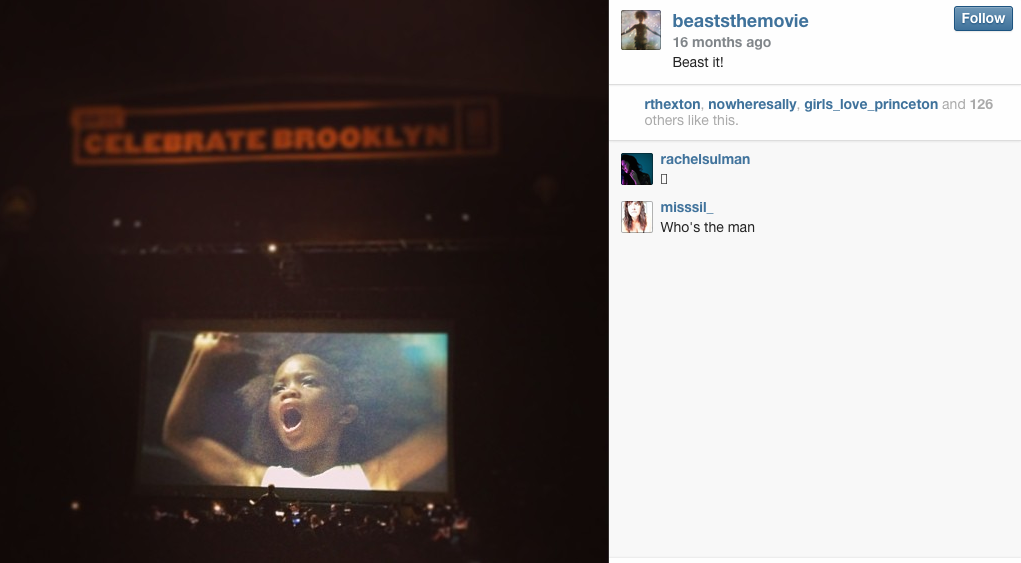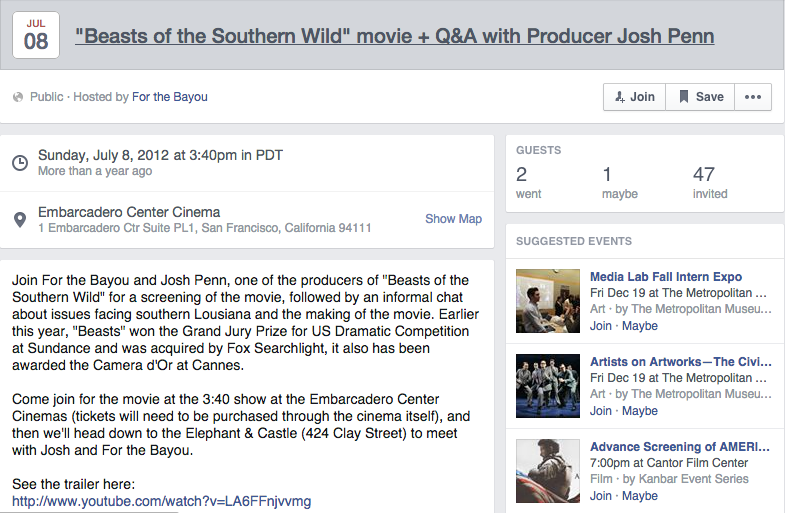#TBT - Grassroots Distribution: HOLIDAY EDITION!
John Tintori
originally published in TIME
Happy Holidays from the CRI! We hope you have all enjoyed, and continue to enjoy, this holiday season!
As promised, this week we'll pick up Nicco Mele's digital campaign theory and structure with Josh and Michael's adaptations for independent filmmakers.
Last week we referenced Mele's 3 Pillars of a Digital Campaign: build a substantial email list, foster and online community, and complement online effort with offline action. Now, we drill deeper to think about 5 elements that a campaign needs to succeed, adapted for film.
- Raise money. FILM EQUIVALENT: A film’s distribution will necessitate some sort of fiscal support, even if it is the bare minimum, though it will never compare to the way that money is the lifeblood of a political campaign. Distribution costs should certainly be accounted for, but whether or not fundraising should be an “ask” in the film’s distribution campaign depends on if the film’s campaign is for the film itself or tied to another cause. If it’s an external action or a social issue film, given Kickstarter statistics, it seems realistic to attempt to fundraise for film (production, post-production, and) distribution costs. Raising money for a film in general (not just limited to distribution) is an altogether different topic, but inextricably linked to ours; we will revisit that in a moment.
- Have a message. FILM EQUIVALENT: The message is essentially the film itself. If you have a film that no one is excited about, it is the equivalent of having a politician that doesn’t have a clear message: it will be very hard to connect to an audience.
- Communicate the message through media. FILM EQUIVALENT: This would refer to how the advocates of the film—the grassroots operators, be it on the phone, in person, or over the internet—talk about the film. The mandate for them from an Obama organizing background would be to make it personal: to communicate what about this film and its story resonates with them personally. That honesty will appeal to whoever is being engaged.
- Deal with press. FILM EQUIVALENT: Probably the most literal parallel –with a film in distribution, one has to be strategic about what press is reached out to and engaged. A grassroots perspective would also tell you that the best press is not necessarily the biggest outlet. Sometimes a well-placed news item in front of the right niche audience could mean the difference for that community taking your film seriously.
- Field or turnout operation. FILM EQUIVALENT: At the end of the day, who do you have working or volunteering for you that will make sure that people turn out to go see the film on opening day? What does the operation on that day—the equivalent of Election Day—look like? Who is your grassroots army, and how have you delegated them? By geography? By theater? Or just via social network?
We hope these adaptations help you produce and distribute your next film! Let us know how it goes, and we'll see you in 2015!




















